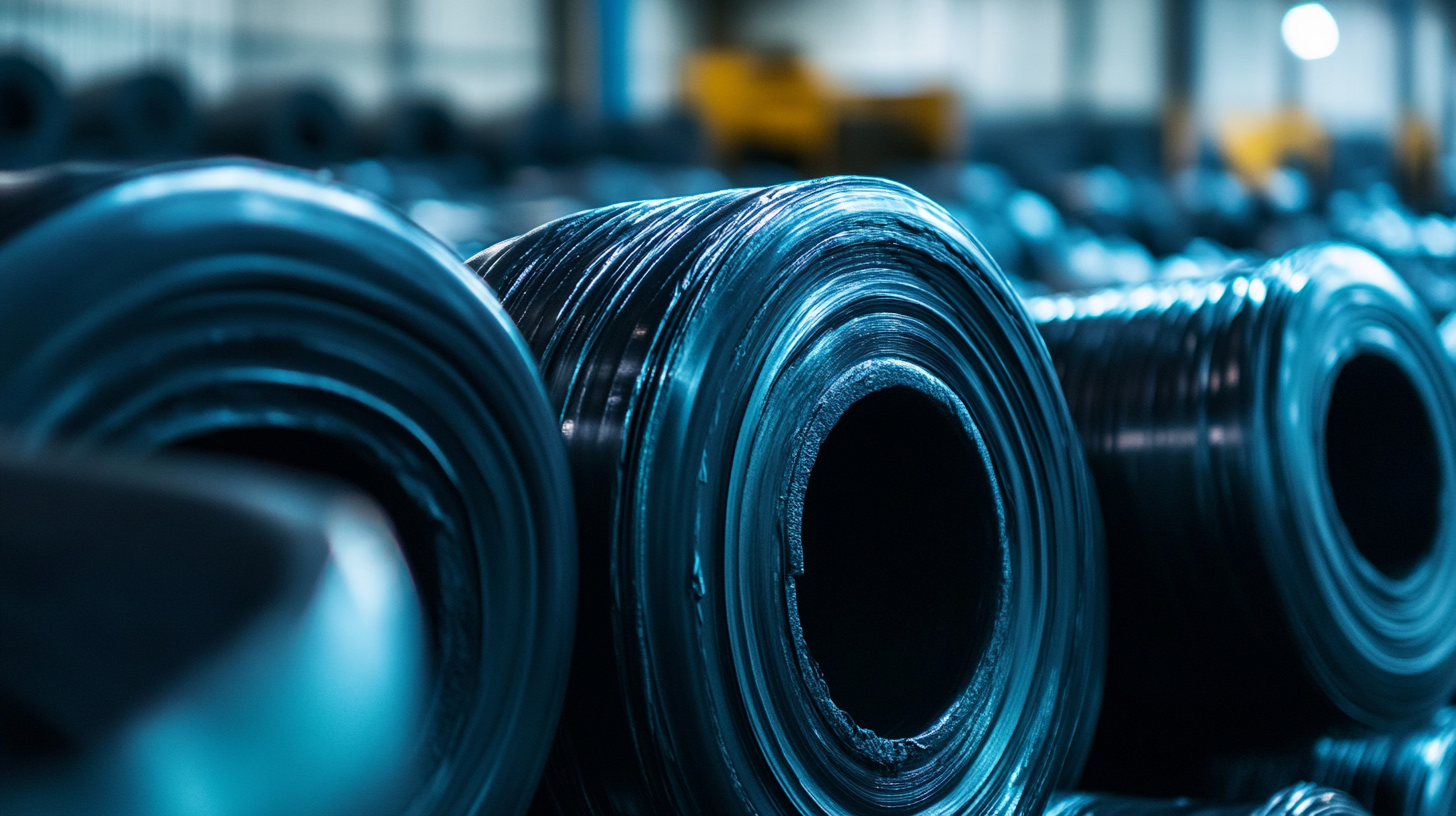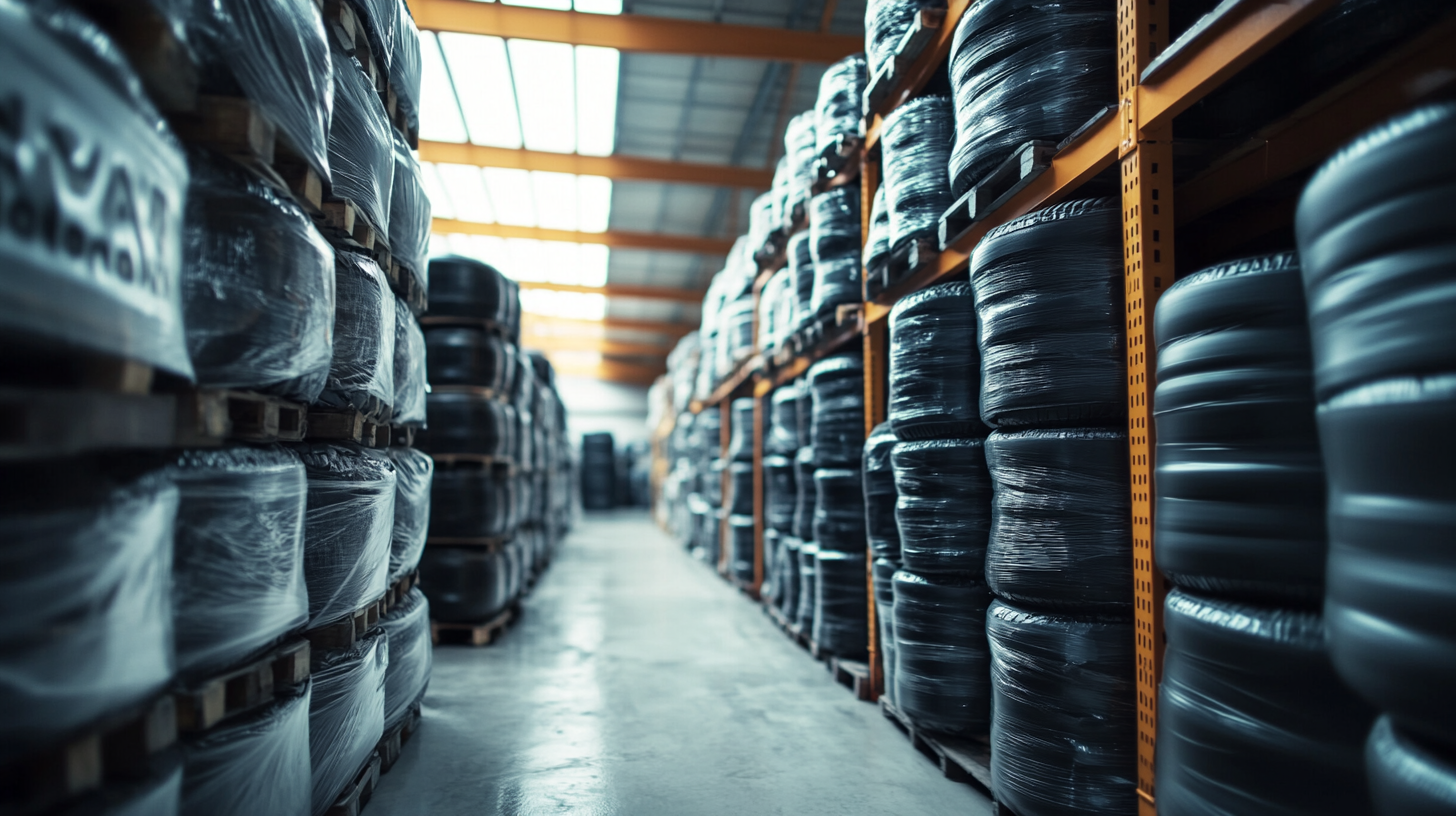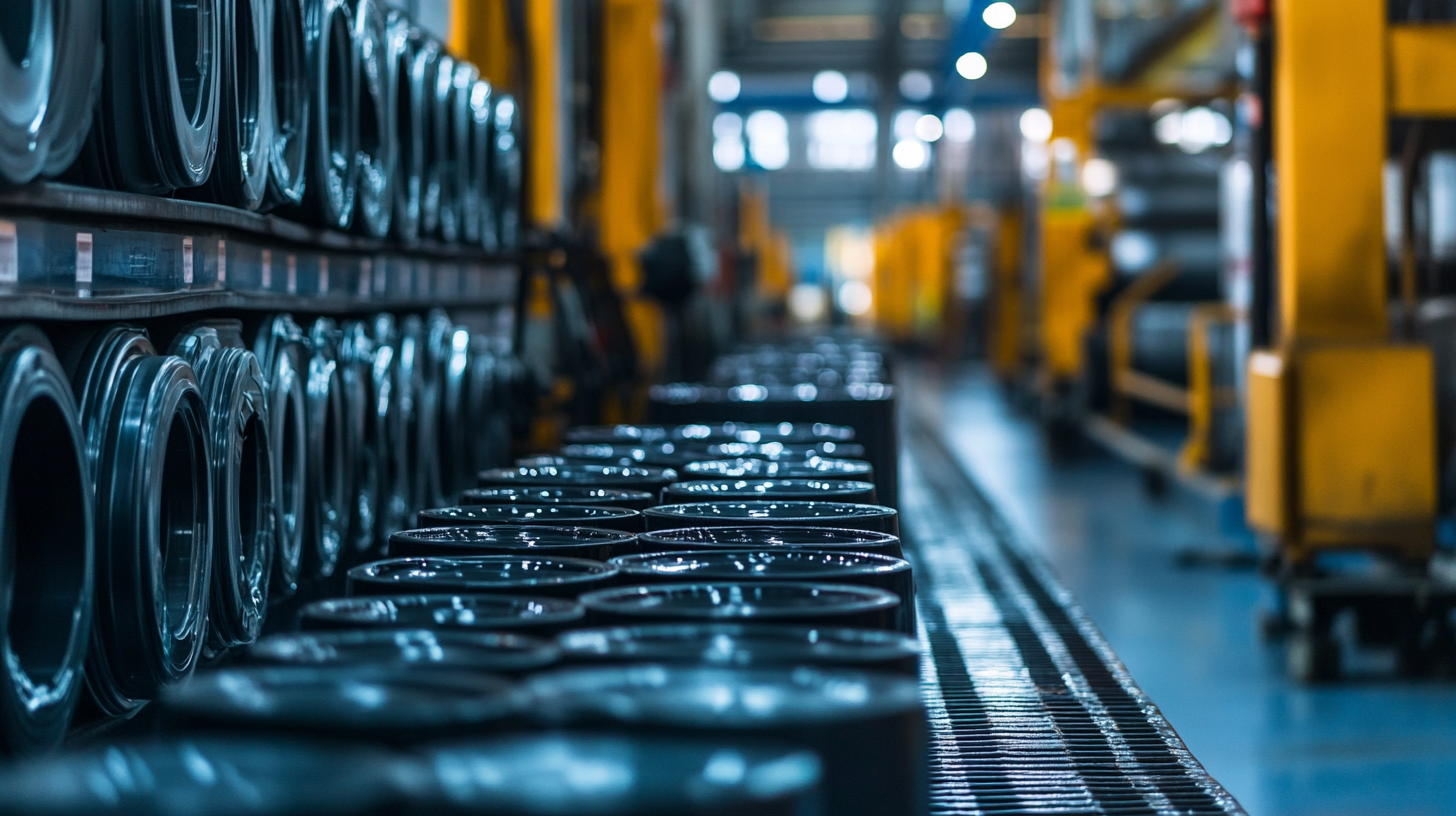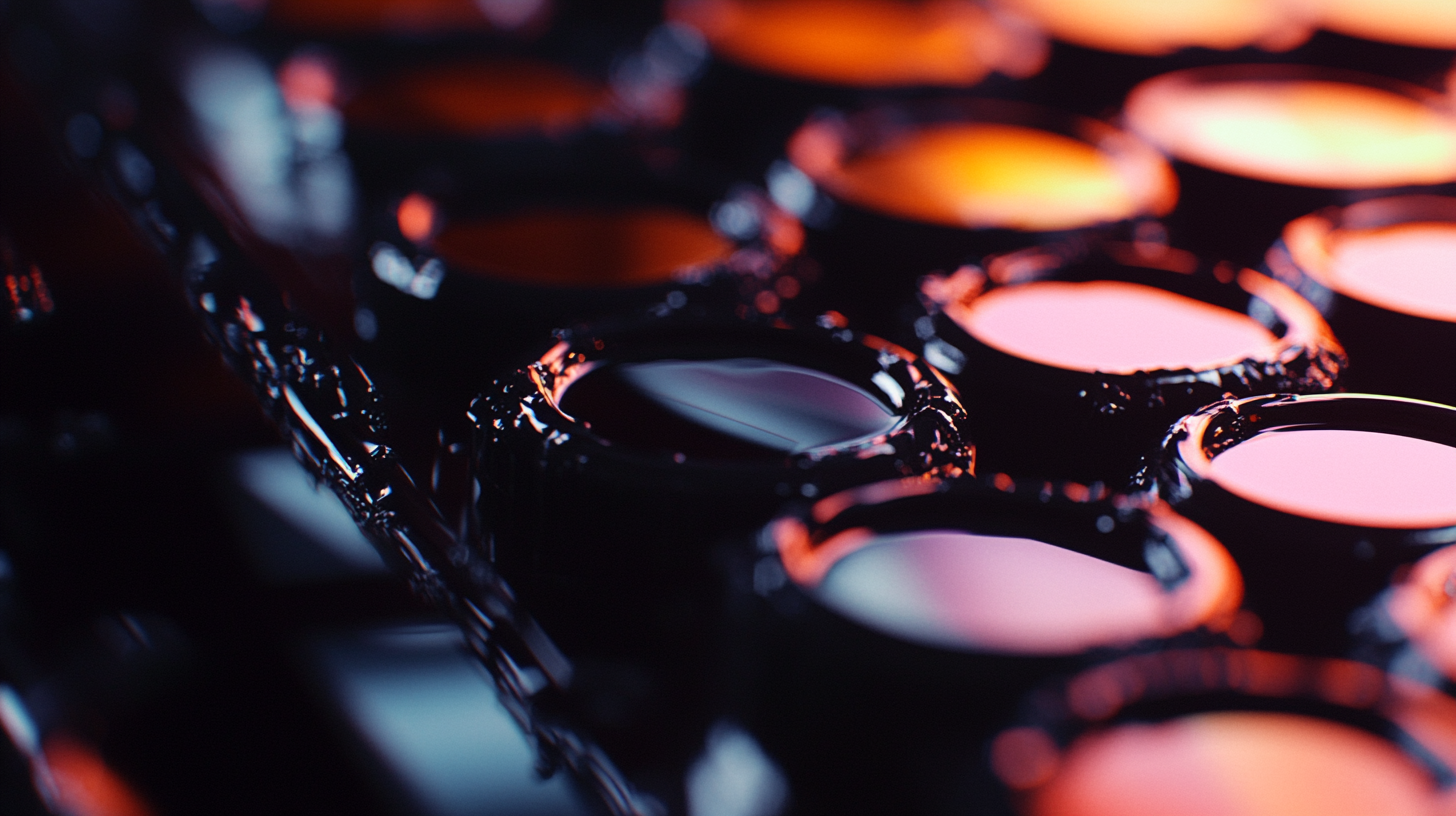Unlocking the Potential of Butyl Rubber for Global Suppliers
In the ever-evolving landscape of industrial materials, butyl rubber stands out as a critical component that offers exceptional properties for various applications. Renowned for its excellent impermeability to gases, outstanding aging resistance, and remarkable elasticity, butyl rubber has garnered significant attention from manufacturers and suppliers worldwide. As industries seek sustainable and high-performance alternatives, the potential of butyl rubber becomes increasingly apparent, positioning it as an essential material for a diverse range of products, from tire manufacturing to medical supplies.
Global suppliers are now looking to unlock the vast capabilities that butyl rubber can provide, driving innovation and enhancing performance across sectors. The ability of butyl rubber to withstand environmental stresses and its versatility in formulation make it a prime candidate for addressing the challenges faced by modern industries. In this blog, we will explore the diverse applications, benefits, and future opportunities that await in the realm of butyl rubber, showcasing how suppliers can leverage this remarkable material to meet the demands of a dynamic marketplace.

Exploring the Unique Properties of Butyl Rubber for Industrial Uses
Butyl rubber, known for its exceptional impermeability and unique elasticity, is making significant strides in various industrial applications. Its unique molecular structure allows it to resist gases and moisture effectively, making it a prime choice for manufacturers in sectors like automotive, pharmaceuticals, and food packaging. According to a report by MarketsandMarkets, the global butyl rubber market is projected to grow from $3.68 billion in 2022 to $4.82 billion by 2027, reflecting a CAGR of 5.4% over the five-year period. One of the standout properties of butyl rubber is its excellent resistance to aging and weathering, which is particularly beneficial for tires and automotive components. The European Tyre and Rubber Manufacturers Association (ETRMA) notes that butyl rubber constitutes roughly 50% of the materials used in inner tubes due to its airtight properties. This distinct feature not only enhances the lifespan of tires but also improves fuel efficiency by maintaining optimal air pressure. Furthermore, butyl rubber's adaptability for various industrial uses is evident in its application in sealants and adhesives. The material exhibits superior adhesion properties, which are vital for construction and manufacturing processes. A report published by Grand View Research emphasizes that the demand for butyl rubber in adhesives is expected to witness considerable growth, driven by the increasing construction activities and the need for robust sealing solutions. Overall, the unique properties of butyl rubber not only unlock its potential for diverse applications but also establish it as a critical material in modern industrial practices.

Key Applications of Butyl Rubber in Diverse Sectors
Butyl rubber, a synthetic rubber derived primarily from isobutylene, has established itself as a critical material across various industries, thanks to its unique properties such as excellent impermeability to gases and water, resilience, and thermal stability. The global butyl rubber market is expected to reach approximately $5.7 billion by 2026, growing at a CAGR of 4.6% from 2021 to 2026, according to a report by MarketsandMarkets. This growth is predominantly driven by its applications in the automotive, construction, and pharmaceutical sectors.
In the automotive industry, butyl rubber is widely used in tire manufacturing due to its superior air retention properties. This has contributed significantly to enhancing fuel efficiency in vehicles. The global tire market is projected to grow from $206.55 billion in 2021 to $261.76 billion by 2027, with butyl rubber playing a vital role in this expansion. Furthermore, the pharmaceutical sector increasingly utilizes butyl rubber for producing closures and seals in drug packaging, ensuring product integrity and safety, particularly in the vaccine and biopharmaceutical domains.
The construction sector also benefits from butyl rubber's durability and water-resistant characteristics, widely used in roofing and waterproofing applications. The increasing trend towards sustainable building practices is set to expand the demand for butyl rubber-based products, further reinforcing its position in this diverse range of applications. As global suppliers continue to innovate and leverage butyl rubber's capabilities, its potential across these sectors remains promising.

Advantages of Butyl Rubber Over Alternative Materials
Butyl rubber has emerged as a formidable contender among synthetic materials, particularly when juxtaposed with alternatives like PVC and PFAS-containing compounds. Its unique properties lend it significant advantages, especially in applications requiring excellent impermeability and resilience against environmental factors. Unlike materials that may leach harmful substances into drinking water, such as those containing PFAS, butyl rubber remains inert, thus mitigating health risks associated with toxic exposures.
Additionally, the advancements in butyl rubber technology have led to the development of novel composites, such as hydrophobic butyl rubber damping materials. These innovative composites, modified to incorporate bio-based ingredients, enhance both performance and sustainability. This three-dimensional network design allows for effective energy absorption in a wide range of temperatures, making butyl rubber an attractive choice for manufacturers seeking durable, high-performance materials for various applications, from automotive to sports equipment.
Moreover, butyl rubber’s recyclability is gaining attention, particularly with the utilization of devulcanized waste rubber tires. This not only contributes to environmental sustainability by reducing landfill waste but also opens new avenues for creating cost-effective thermal insulation materials. In a world increasingly focused on eco-friendly solutions, butyl rubber stands out as a versatile, safe, and sustainable material, positioning itself as a preferred choice for global suppliers looking to meet modern demands.

Market Trends and Future Outlook for Butyl Rubber Suppliers
The global butyl rubber market is poised for significant growth, driven by increasing demand from various end-user industries. According to a recent market analysis report by Grand View Research, the global butyl rubber market is projected to reach approximately $4.8 billion by 2028, growing at a CAGR of around 5.5% from 2021 to 2028. This growth can be attributed to the material's unique properties, which include excellent gas impermeability, high elasticity, and resistance to aging and weathering, making it a preferred choice in automotive, pharmaceutical, and construction applications.
One of the most notable trends is the rising usage of butyl rubber in the tire manufacturing sector, which accounted for over 70% of the market share in 2020. With the automotive industry’s shift towards electric vehicles (EVs), butyl rubber's role in improving tire performance and longevity becomes more critical. The increasing production of EVs, as highlighted by the International Energy Agency, which reported that global EV sales reached 6.6 million in 2021, directly influences the demand for advanced rubber solutions like butyl rubber.
Moreover, suppliers are increasingly focusing on sustainability and innovation. Emerging markets in Asia-Pacific, particularly in China and India, are expanding their manufacturing capabilities, which creates significant opportunities for global suppliers. A report from Mordor Intelligence suggests that the Asia-Pacific region is expected to witness the highest growth rate due to rapid industrialization and urbanization, which will further bolster the demand for butyl rubber in various applications. As these trends evolve, suppliers must adapt their strategies to leverage new market dynamics and capitalize on the growing opportunities within the butyl rubber sector.
Challenges and Solutions in the Butyl Rubber Supply Chain
The butyl rubber supply chain faces several challenges that global suppliers must navigate to fully unlock the material's potential. One significant hurdle is the volatility in raw material prices, particularly for petrochemical sources, which impacts production costs and profitability. Suppliers often struggle to anticipate these fluctuations, leading to pricing instability and difficulties in long-term contracts. To mitigate this challenge, establishing strategic partnerships with raw material providers and investing in sustainable sourcing practices can help stabilize costs and secure a reliable supply.
Another key issue is the environmental impact of butyl rubber production. As sustainability becomes a priority for many manufacturers and consumers, suppliers are under pressure to adopt greener practices. This includes reducing carbon emissions during production and finding ways to recycle or repurpose butyl rubber at the end of its lifecycle. Implementing innovative technologies and processes can not only address these environmental concerns but also enhance the overall marketability of butyl rubber products. By prioritizing sustainability, suppliers position themselves favorably in an increasingly eco-conscious market.
Moreover, the complexity of the global supply chain adds another layer of challenge. Disruptions such as geopolitical tensions, natural disasters, and pandemics can significantly affect logistics and delivery timelines. To counter these uncertainties, robust risk management strategies are essential. This includes diversifying supply sources, maintaining higher inventory levels of critical materials, and leveraging digital tools for better supply chain visibility. By addressing these challenges head-on, global suppliers can optimize their operations and take full advantage of the opportunities presented by butyl rubber in various applications.


